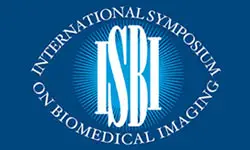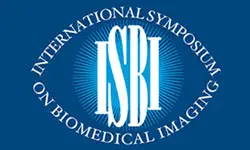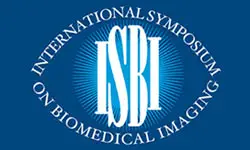A Spatiotemporal Illumination Model for 3D Image Fusion In Optical Coherence tomography
Stefan Ploner
-
Members: FreeSPS
IEEE Members: $11.00
Non-members: $15.00Length: 00:02:16
20 Apr 2023
Optical coherence tomography (OCT) is a non-invasive, micrometer-scale imaging modality that has become a clinical standard in ophthalmology. By raster-scanning the retina, sequential cross-sectional images are acquired to generate volumetric data. In-vivo imaging suffers from discontinuities between slices that show up as motion and illumination artifacts. We present a new illumination model that exploits continuity of illumination in orthogonally raster-scanned volume data. We utilize a novel spatiotemporal parametrization that adheres to both the temporal continuity along imaged slices, as well as the 3D spatial continuity of illumination. Yet, our formulation does not make inter-slice assumptions, which could have discontinuities. Based on this model, we perform the first optimization of a 3D inverse model in an image reconstruction context in OCT. Evaluation in 68 volumes from eyes with pathology showed visible improvement in 88% of the data, and only 6% showed only moderate residual illumination artifacts. The method enables the use of forward-warped motion corrected data, which is much more accurate, and enables supersampling and advanced 3D image reconstruction in OCT.



